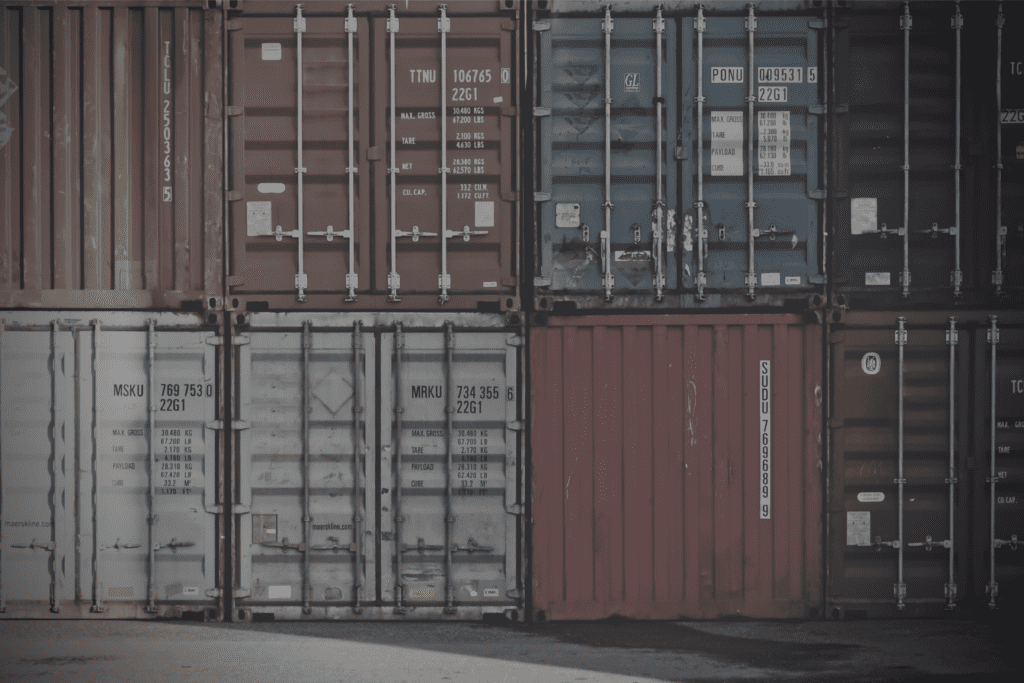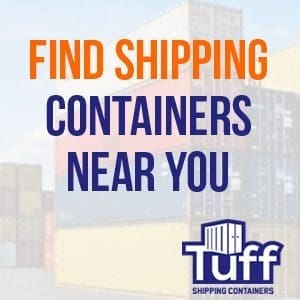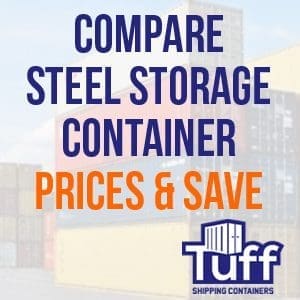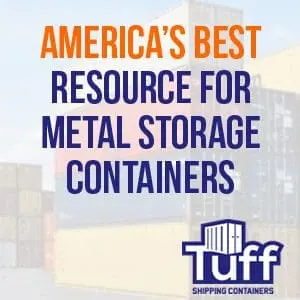
Top 5 Tips for Purchasing Quality Shipping Containers for Your Business
Shipping containers have become increasingly popular for a wide range of applications beyond their traditional use in transportation and storage. Businesses today use them for office spaces, pop-up shops, workshops, and even homes. When purchasing shipping containers for your business, ensuring you get a quality product is crucial to protect your investment and meet your specific needs. Here are the top five tips for purchasing quality shipping containers.
1. Determine Your Specific Needs
Before purchasing a shipping container, it’s essential to identify the specific needs of your business. This will help you choose the right type and size of the container and ensure it meets your requirements.
Understand the Purpose
Consider how you plan to use the shipping container. Are you looking for storage solutions, a mobile office, or a retail space? The purpose will influence the type and condition of the container you need. For example, if you need a container for long-term storage, a used shipping container in good condition might suffice. However, for office or retail space, you might require a new or refurbished container with modifications.
Size Matters
Shipping containers come in various sizes, typically 10ft, 20ft, and 40ft. The most common sizes are 20ft and 40ft. Determine the size based on the space you have available and the amount of storage or working area you need. If you’re unsure, consulting with a supplier can help you make the right choice.
Consider Modifications
Depending on your intended use, you may need modifications such as doors, windows, insulation, or electrical wiring. Make a list of any required modifications before purchasing, as this can impact the overall cost and the type of container you should buy. Some suppliers offer customization services, which can save time and ensure the modifications are done correctly.

2. Choose the Right Container Type
There are several types of shipping containers available, each designed for different purposes. Understanding the differences can help you select the right container for your needs.
Standard Dry Containers
Standard dry containers are the most common type and are typically used for general storage and transportation. They are ideal for storing non-perishable goods and equipment. These containers are weatherproof and provide good security, making them a versatile choice for many businesses.
High Cube Containers
High cube containers are similar to standard dry containers but offer an additional foot of height, providing extra storage space. They are ideal for storing tall items or creating spacious work environments. High cube containers are often used for office spaces, workshops, and retail stores due to their increased height.
Refrigerated Containers
Refrigerated containers, also known as reefer containers, are designed to store perishable goods at controlled temperatures. If your business requires the storage of food, pharmaceuticals, or other temperature-sensitive items, a refrigerated container is the best choice. These containers come with built-in cooling systems and require a power source to maintain the desired temperature.
Open-Top and Flat-Rack Containers
Open-top containers have a removable roof, making them suitable for transporting and storing oversized cargo that cannot fit through standard container doors. Flat-rack containers have collapsible sides and are used for transporting heavy machinery and large equipment. These types of containers are typically used in construction and industrial applications.

3. Inspect the Container Thoroughly
Inspecting the shipping container before purchase is crucial to ensure you get a quality product that meets your needs. Here are key areas to focus on during the inspection.
Check the Exterior
Start by inspecting the exterior of the container for any signs of damage, rust, or corrosion. Pay close attention to the corners and edges, as these areas are prone to damage. Minor surface rust can be treated, but extensive rust or corrosion can compromise the container’s structural integrity.
Inspect the Interior
Open the container and inspect the interior for any signs of water damage, mold, or pests. Check the flooring for any soft spots or holes, as these can indicate underlying issues. Ensure that the walls and ceiling are free from significant dents or damage that could affect the container’s usability.
Verify the Doors and Seals
The doors and seals of the container are critical for maintaining security and weatherproofing. Check that the doors open and close smoothly and that the locking mechanisms are functional. Inspect the rubber seals around the doors for any signs of wear or damage, as these seals prevent water and pests from entering the container.
Look for Certification
Shipping containers should come with a certification plate, known as a CSC (Container Safety Convention) plate, which indicates that the container meets international safety standards. Ensure that the container you’re purchasing has a valid CSC plate, especially if you plan to use it for shipping or storage that requires regulatory compliance.

4. Consider the Age and Condition
The age and condition of a shipping container can significantly impact its price and usability. Here’s what to consider when evaluating the age and condition of a container.
New vs. Used Containers
New containers, also known as one-trip containers, have only made a single journey from the manufacturer to the destination. They are in excellent condition, with minimal wear and tear, and are ideal for applications where aesthetics and structural integrity are important. However, they come at a higher price point.
Used containers are more affordable and can still offer good value, especially for storage purposes. They come in different grades, with “cargo-worthy” containers being suitable for shipping and “wind and watertight” containers being ideal for secure storage. Be sure to inspect used containers thoroughly to ensure they meet your needs.
Assess Wear and Tear
All containers experience wear and tear over time. When purchasing a used container, assess the level of wear and tear to determine if it’s acceptable for your intended use. Containers with minor dents, surface rust, and cosmetic issues can often be repaired, but extensive damage or structural issues may render the container unsuitable.
Consider the Environment
The environment where the container will be used can affect its longevity. For example, containers used in coastal areas may experience more rust due to salt air, while those used in industrial areas may be exposed to harsh chemicals. Consider the environmental conditions and choose a container made from high-quality materials that can withstand these conditions.

5. Choose a Reputable Supplier
Selecting a reputable supplier is crucial to ensure you receive a quality shipping container and reliable service. Here are some tips for choosing the right supplier.
Research and Reviews
Start by researching potential suppliers online. Look for reviews and testimonials from previous customers to gauge their reputation and reliability. Positive reviews and high ratings are good indicators of a trustworthy supplier.
Ask for References
Don’t hesitate to ask suppliers for references from past customers. Contact these references to ask about their experiences with the supplier, the quality of the containers, and any issues they encountered. This firsthand feedback can provide valuable insights into the supplier’s reliability.
Visit the Supplier’s Facility
If possible, visit the supplier’s facility to inspect their inventory and meet their staff. This allows you to see the containers in person and assess their condition. It also gives you the opportunity to ask questions and get a feel for the supplier’s professionalism and customer service.
Check for Warranty and After-Sales Support
Reputable suppliers often offer warranties on their containers, which can provide peace of mind and protect your investment. Ask about the warranty terms and conditions, including what is covered and for how long. Additionally, inquire about after-sales support, such as assistance with modifications, maintenance, and repairs.
Compare Prices and Services
Obtain quotes from multiple suppliers to compare prices and services. Be wary of suppliers offering significantly lower prices, as this may indicate lower quality or hidden costs. Consider the overall value, including the quality of the containers, the supplier’s reputation, and any additional services offered.
Purchasing quality shipping containers for your business involves careful consideration of your specific needs, the type of container, and the condition and age of the container. Conducting a thorough inspection and choosing a reputable supplier are essential steps in ensuring you get a container that meets your requirements and provides long-term value.
By following these top five tips, you can make an informed decision and invest in a shipping container that supports your business’s needs, whether it’s for storage, workspace, or any other application. With the right container, you can enhance your business operations, protect your assets, and create versatile, functional spaces that drive success.

Leave a Reply